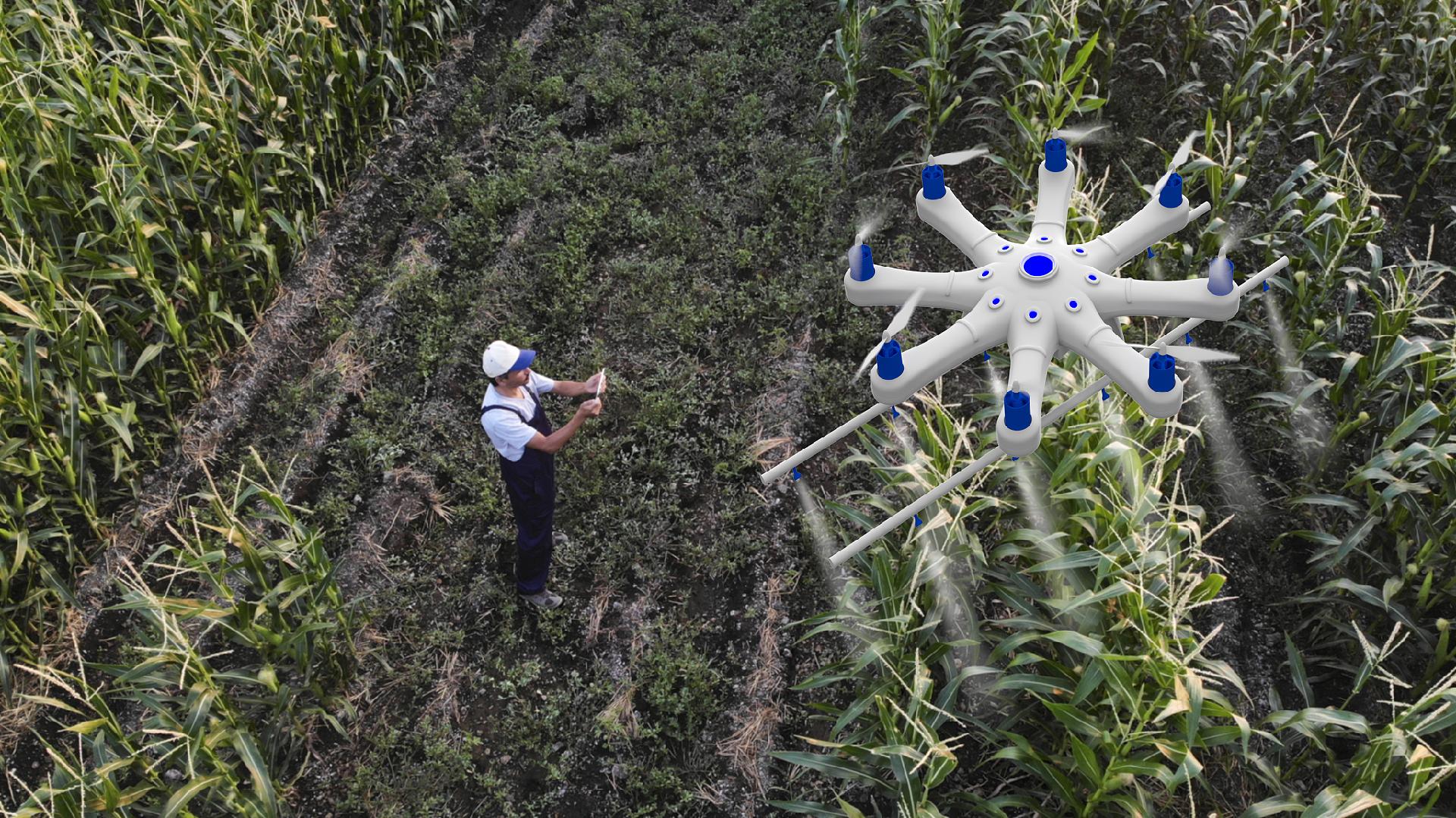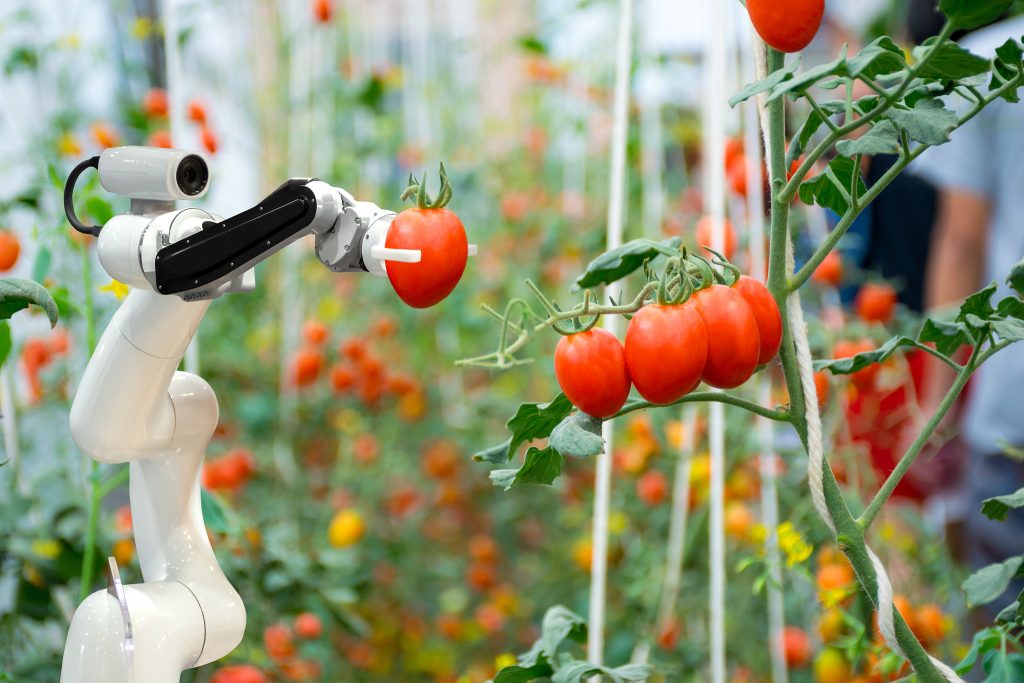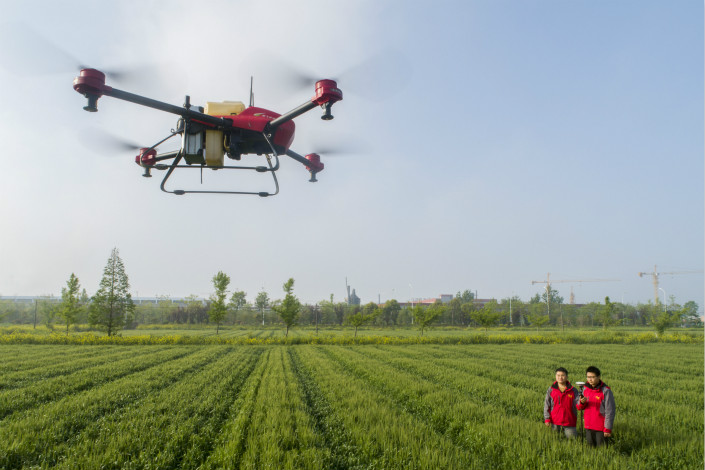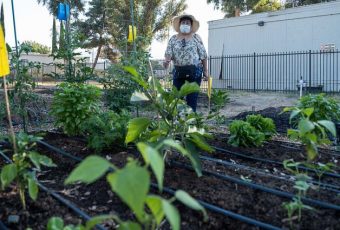Chinese rural developments face several issues, namely the decreased interest from farmers in growing grain and also the aging of rural areas. That’s why the rise of the concept of “unmanned farms” was introduced. They’re meant to modernize agriculture and help keep up with the demand.

Let The Machines Do The Work For You
Shanghai has plans for 13 fully automated urban agriculture pilot zones between 2021 and 2025. The first of these was officially launched in Waigang Town, Jiading District.
The farm harvests rice fields completely controlled by machine. The rice crops are neatly cut and trimmed by a harvester machine.
Deputy director of the Agricultural Service Center or Waigang Town Zhang Xu shared: “Soon after, these workers only need to press a few buttons, and the harvester will operate automatically.”
The entire unmanned farm takes up 33 acres and is managed by machines like a rice transplanter, self-propelled sprayer, and a harvester. The machines work in tandem to create a smoth operation.
Zhang says: “The base has 20,000 Mu (330 acres) of rice, of which “the green certified area” is nearly 13,000 Mu (214 acres), accounting for two-thirds of the town’s rice area.” He explained that the land is quite leveled and the facilities will allow growth for a large-scale operation in the future.

The Unmanned Farm Has Machines Doing The Hard Labor
Deputy general manager of Shanghai Lianshi Navigation Technology Co., Ltd Li Ying said: “Compared with traditional agricultural operations, agricultural machinery with unmanned driving systems can save more than two kilograms of seeds per Mu (0.16 acre), increase production by about 10 kilograms per Mu (0.16 acre), and reduce fuel costs over 50 percent; The labor costs can be reduced by more than 65 percent, and land utilization rate is increased by 0.5 to one percent.”
He continued: “With the help of Beidou satellite navigation and positioning, the unmanned harvester can accurately complete the grain harvesting operation, which not only improves the harvesting accuracy but also reduces the two to three percent grain loss during the harvesting process.”
The machines have the ability to cultivate, plant, and mange rice production. Director of the Agricultural Machinery Technology Extension Station of Jiading District explained that workers can remotely connect with an unmanned harvester through an app and help control operations if necessary.

The Future Of Farming
He continued explaining: “What’s more, on the basis of the realization of unmanned operations, soil fertility monitoring, crop growth monitoring, crop yield monitoring, and annual operation statistical analysis and decision making will all be realized.”
On future plans, Zhang shared: “At present, our rice planting has achieved full mechanized operations from sowing to harvesting, but there is still a long way to go to achieve the planned unmanned. There are still some shortcomings. For example, in the depth of mechanical operations, the precision requirements of the harvester are relatively high. Currently, in the process of harvesting, some manual assistance is still required.”
He also said: “In the next few years, relying on new-generation information technologies such as the Internet of Things, 5G, and artificial intelligence, an unmanned production operation mode of farm production and management can be completed by remotely controlling farm facilities, equipment, and machinery.”







